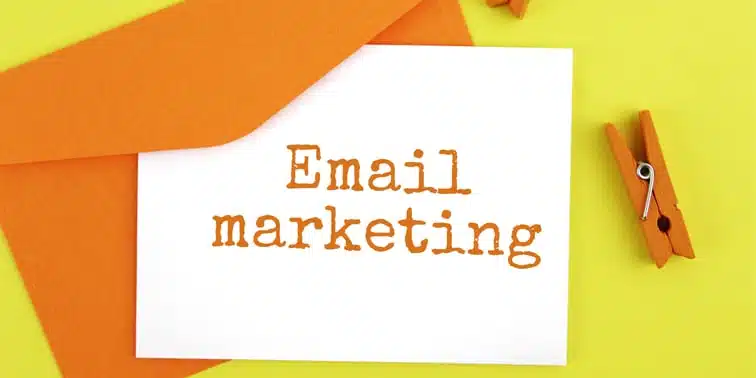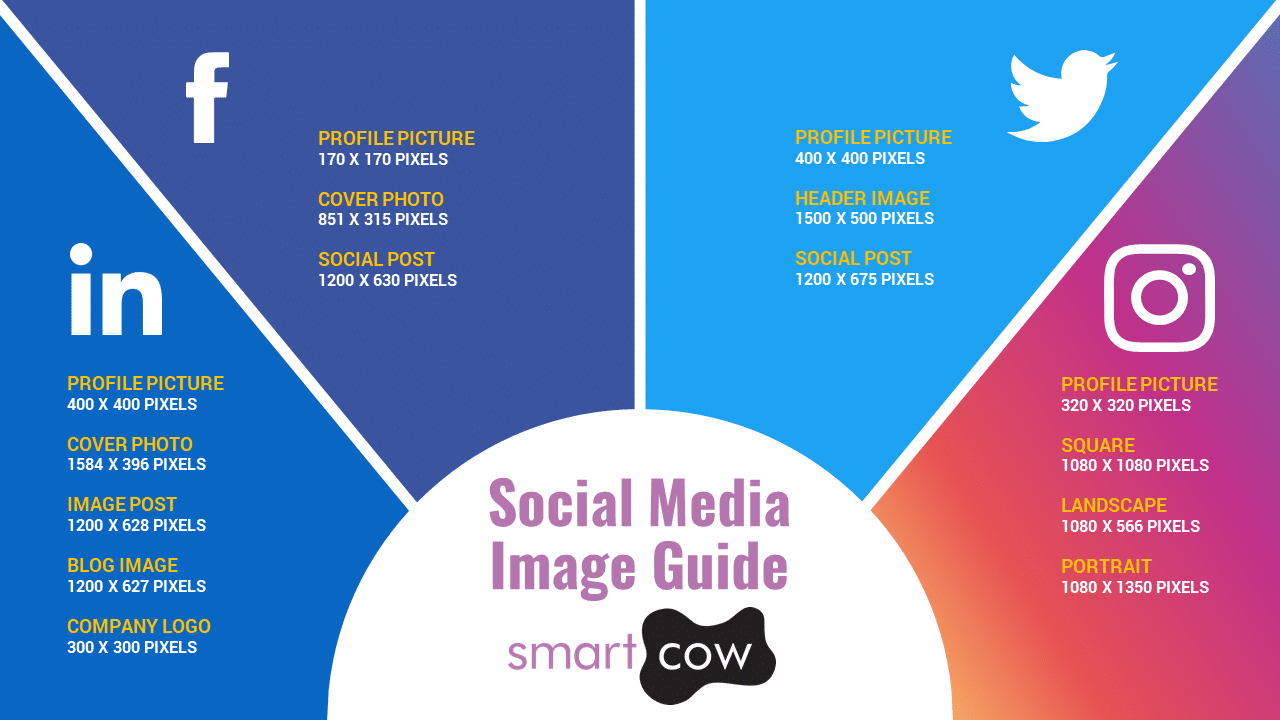Creating relevant video content for your brand isn’t just about social media and making your channel stand out. Video should be part of your marketing plan to help with search engine optimisation (SEO).
Watch our video – Can video help with SEO – to find out more about how video content can help your boost SEO.
Here’s a summary of some of our tips for creating video for your business:
- Accounts on channels such as Vidyard, Vimeo and YouTube all help with your rankings in search.
- Think about the name of your video file and its title when you upload to the video channels as it should contain keywords.
- On YouTube you can add an SRT file to enable you to add subtitles and closed captions rather than burn them onto the video file. This can help with long term Search Engine Optimisation or SEOwithin the YouTube channel.
- Create videos efficiently, simply and at no extra cost all on your mobile phone.
- If you are shooting the video yourself it is useful to write a script so that you incorporate your keywords which are important for SEO.
- Repurpose content from your blogs and make short and snappy videos upload these to your website as this is known to engage well with visitors.
Ultimately, video is another way to help get your business seen online. It’s not to be scared of, just think of it as content, it just happens to be in a very visual form rather than that of a blog It creates stand out on social media channels and the potential for more shares to extend reach. If you have a business listing on Google My Business, add your video there too as well as to a YouTube channel, Video, also keeps website visitors engaged. All of this helps support long term SEO.
SEO Croydon
As a digital marketing agency in Croydon, we offer local businesses digital marketing services and online marketing advice on SEO Services and content marketing to help increase presence in search engine results pages (SERPs).
Talk to us about your business goals and how a tailored SEO campaign can help your marketing strategy.




